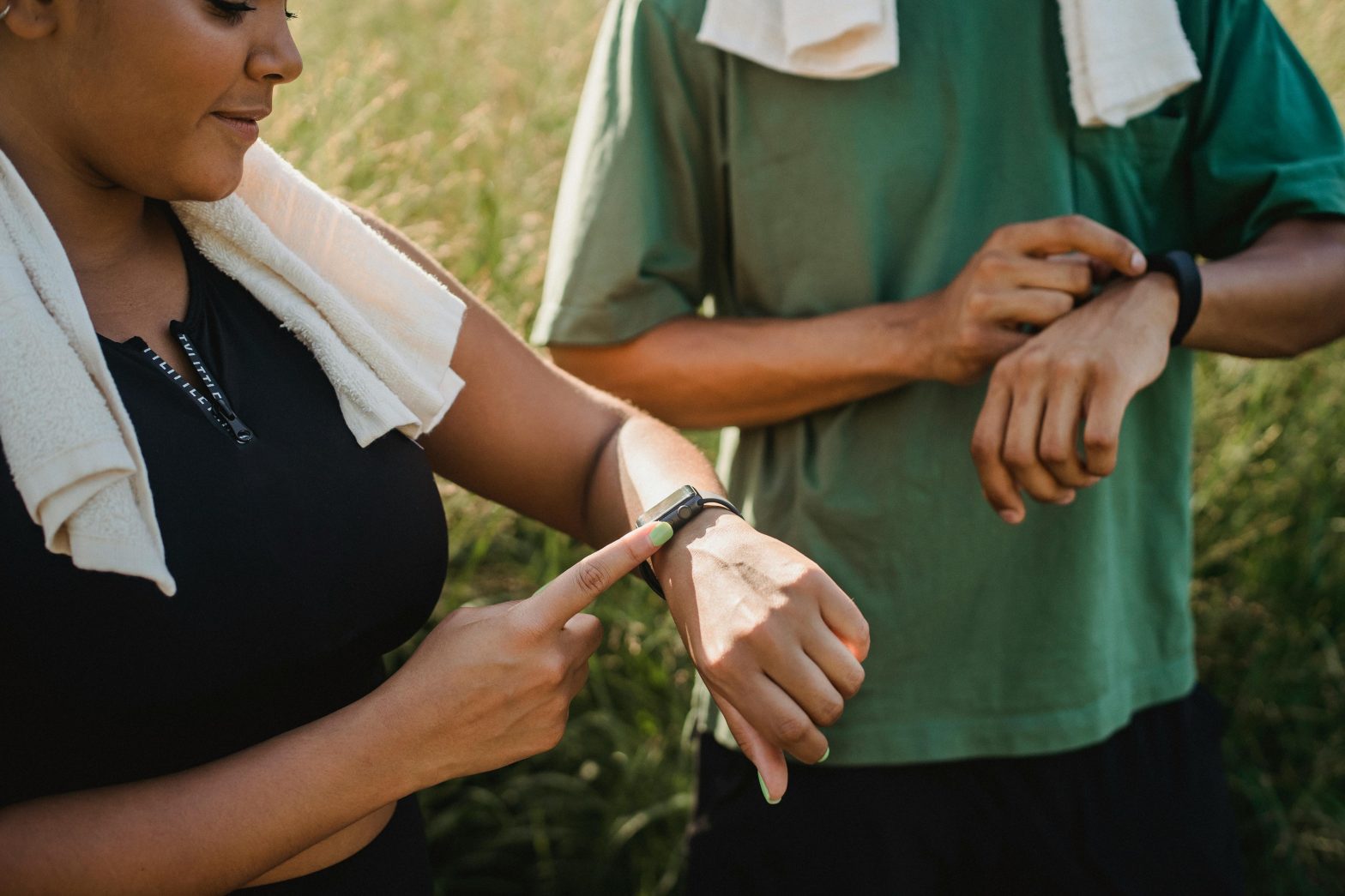VO2 max, or maximal oxygen uptake, is a metric often discussed in endurance sports, yet many runners aim for a certain number without fully understanding its meaning and importance. As Health Talk’s SEO expert, I’ll help you understand whether a high VO2 max guarantees better performance and if improving it should be your primary focus. This article will explore the significance of VO2 max, its relationship to running performance, methods for objective measurement, and strategies for improvement, providing a comprehensive view of how it fits into your training regimen.
Understanding VO2 Max and Running
VO2 max represents your body’s maximum capacity to use oxygen during exercise. For runners, it’s a key indicator of aerobic endurance, reflecting how efficiently your muscles utilize oxygen to generate energy. While a high VO2 max is often associated with superior athletic performance, it’s not the sole determinant of success. Other factors, such as running economy and biomechanics, play crucial roles.
Elite runners typically exhibit high VO2 max values, often exceeding 60 ml/kg/min, while amateur runners may find values above 45 ml/kg/min satisfactory. Kilian Jornet, a world-class trail runner, has even reached a record of 89.5 ml/kg/min. However, it’s important to recognize that VO2 max declines with age, decreasing by up to 10% per decade after age 35. Despite this decline, athletes like Eliud Kipchoge continue to achieve remarkable feats, demonstrating that other factors can compensate for age-related reductions in VO2 max.
The connection between VO2 max and running performance isn’t always straightforward. While a high VO2 max indicates a greater capacity for aerobic energy production, the efficiency with which this energy is used, known as running economy, is equally important. A runner with excellent running economy can outperform someone with a higher VO2 max but less efficient biomechanics.
The Relationship Between VO2 Max and Running Performance
VO2 max is the maximum amount of oxygen per kilogram of body weight your body can use to produce energy. Ideally, runners want as much energy as possible to be generated aerobically to minimize lactate buildup and delay fatigue. However, even with efficient aerobic energy production, inefficient movement can hinder performance.
Consider two runners: one with effortless form and the other with poor posture and heavy strides. Despite potentially similar VO2 max levels, the runner with better form requires less energy to cover the same distance. This highlights the significance of running economy, which is the ability to cover a larger distance using the same amount of energy. Running economy encompasses various factors, including body proportions, running gait, and muscle strength. Focusing solely on VO2 max neglects these critical elements, leading to an incomplete training approach.
Improving running economy involves optimizing your biomechanics, strengthening key muscles, and refining your running form. This holistic approach ensures that you not only have the aerobic capacity to perform well but also the efficiency to maximize your energy expenditure.
Objectively Determining Your VO2 Max
Tracking VO2 max can provide valuable insights into your progress and the effectiveness of your training plan. While modern sports watches offer VO2 max estimations, they can be inaccurate, overestimating or underestimating the value by up to 10%. For more reliable results, consider alternative methods.
A lab test is the gold standard for VO2 max evaluation, offering precise measurements under controlled conditions. However, lab tests can be expensive and may not be readily accessible. Practical alternatives include the Cooper test and the Demi-Cooper (6-minute) test, which estimate VO2 max based on the distance covered within a specified time. These tests can be performed on a track or in a park, making them convenient and cost-effective options.
Other tests, such as the 20-minute shuttle run and the Harvard Step Test, also assess aerobic fitness but require additional equipment and are more commonly used in clinical or school settings. Regardless of the method chosen, consistent monitoring of your VO2 max can help you gauge your fitness level and adjust your training accordingly.
Strategies to Improve Your VO2 Max
Improving VO2 max is rarely the primary goal of a training program but rather a means to achieving broader objectives. For runners targeting 5k and 10k races, which are often contested near maximal aerobic capacity, enhancing VO2 max can significantly improve performance. Therefore, 5k training programs form the foundation for VO2 max improvement, incorporating interval workouts at 5k or 3k race pace.
Effective interval sessions include shorter (400-800m) and longer (1-1.5k) repetitions designed to challenge your aerobic system. Base runs alone are insufficient for maximizing VO2 max gains. A good VO2 max can also enhance running economy, benefiting longer distances like marathons and half-marathons. Mastering the 5k distance serves as a crucial stepping stone towards more ambitious running goals.
Ultimately, improving VO2 max requires consistent effort and targeted training. Focus on workouts that elevate your heart rate and stress your aerobic system, and your VO2 max will naturally improve as a result.
Conclusion: The Role of VO2 Max in Running
So, should you care about VO2 max as a runner? The answer is a resounding yes, but with a caveat. While VO2 max is a valuable metric for assessing aerobic fitness and predicting performance, it shouldn’t be the sole focus of your training. Chasing a specific number can lead to frustration and neglect of other crucial factors.
Instead, concentrate on workouts that challenge your aerobic system and push your limits. Don’t be discouraged by fluctuations in VO2 max estimations from sports watches. Schedule regular run tests or lab tests to track your progress more accurately. Most importantly, run consistently and enjoy the process. By prioritizing a holistic approach to training that encompasses VO2 max, running economy, and biomechanics, you’ll optimize your performance and achieve your running goals.
